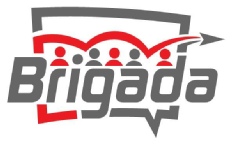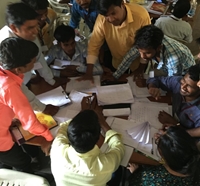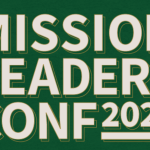We’re grateful to Jesse for picking up on our inquiry about CCBT. (See last edition, 2) Can You Teach Us About Community-Based Bible Translation? (CCBT), at www.brigada.org/2019/01/13_25626 ). He wrote, “CCBT, as used on
refers to “Church-Centric Bible Translation” which is an approach that equips the church that speaks any given language for excellence in Bible translation, as an intrinsic part of their theological formation and leadership development. There are some similarities with other approaches, but in many ways, this Bible translation model is very different. At unfoldingWord, we’ve made an attempt to describe it in some detail in the paper “From Unreached to Established”
Other papers that may be helpful include “Trustworthy and Trusted” (which considers how to equip the church to achieve excellence in Bible translation,
and “The Gateway Languages Strategy” (which describes a global strategy for providing content, tools and training that equip the entire global church,
Also there is a Getting Started guide that we put together at
unfoldingword.bible/ccbt-getting-started/
Hopefully that has some value for you too.” It does. Thanks for your help, Jesse!













Jesse, can you give us a short answer about how this model is different from traditional Bible translation?
Also, I would like to know who or what group is behind CCBT. On the “about” page there is no information, no statement of belief, nothing to indicate what kind of group is doing this model of Bible translation.
Some more questions (assuming this is a Christian organization):
1. What if there is no church in a language that doesn’t have the Bible? Is it a given, then, that there won’t be a Bible in that language?
2. What if the church in a given language prefers the majority (national, “gateway”) language over a translation into their own language?
3. What if even the leaders in the church have almost no education (say, 6th grade is a lot of education for them)? How does a good translation happen there?
4. What if very few of the speakers of the language know enough of the majority (national, “gateway”) language to understand the translation helps and commentaries in the majority language?
5. What if there are multiple denominations in a language community; how does this model keep the translation from being the “GLFC Bible” and others won’t accept it?
Thank you, Jesse, for your thoughts and time in answering my questions.
Those are excellent questions, Valerie.